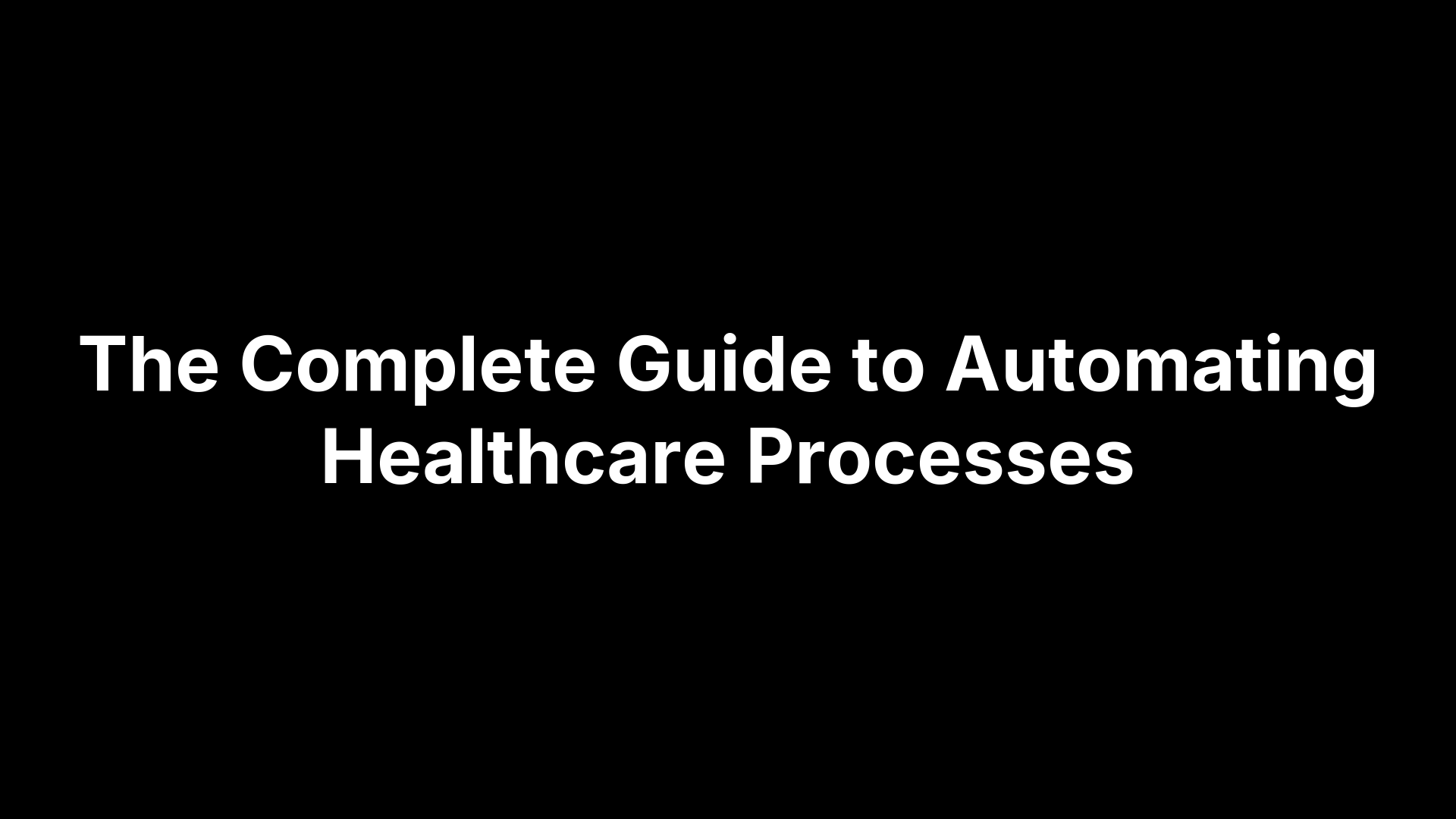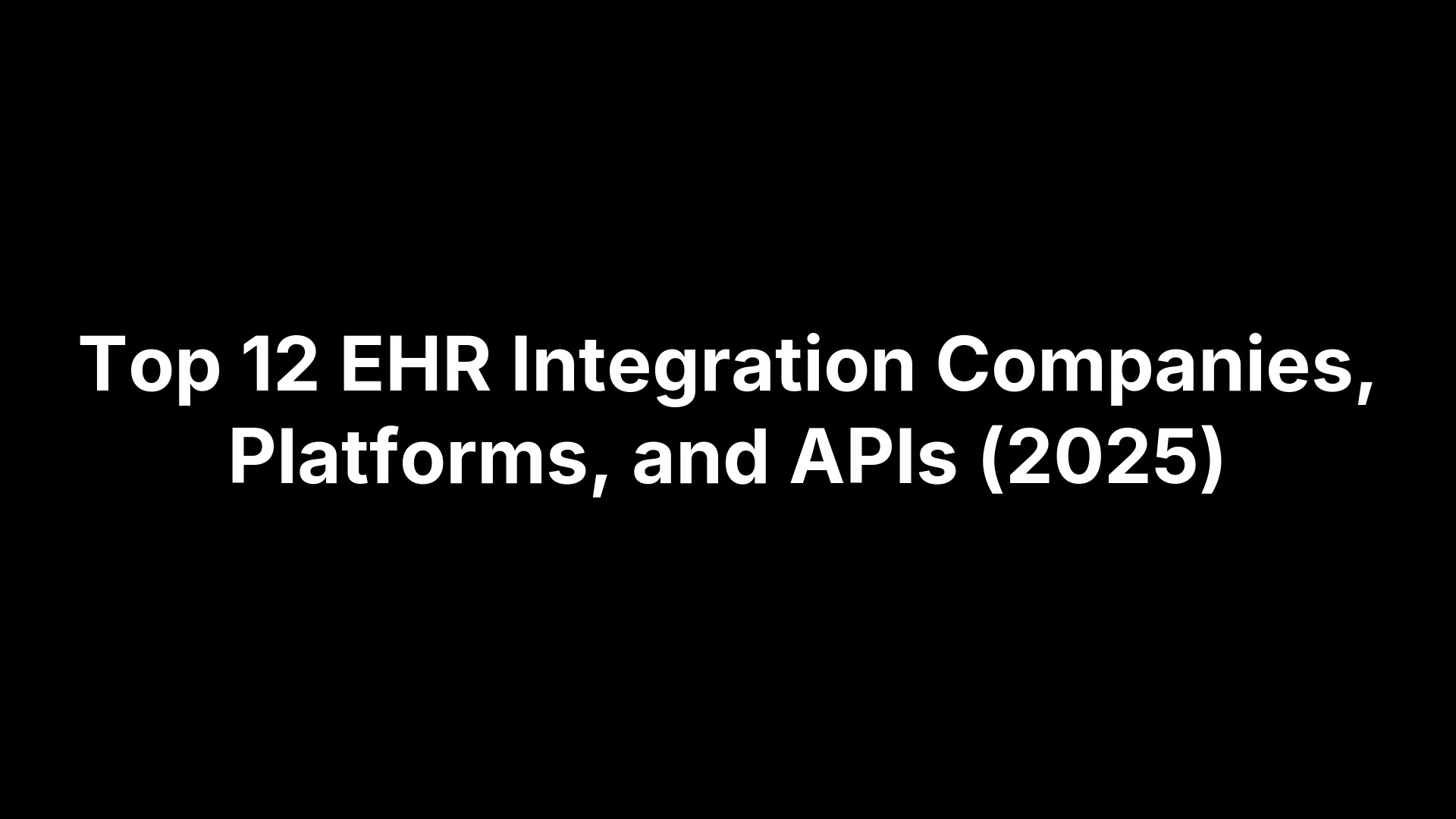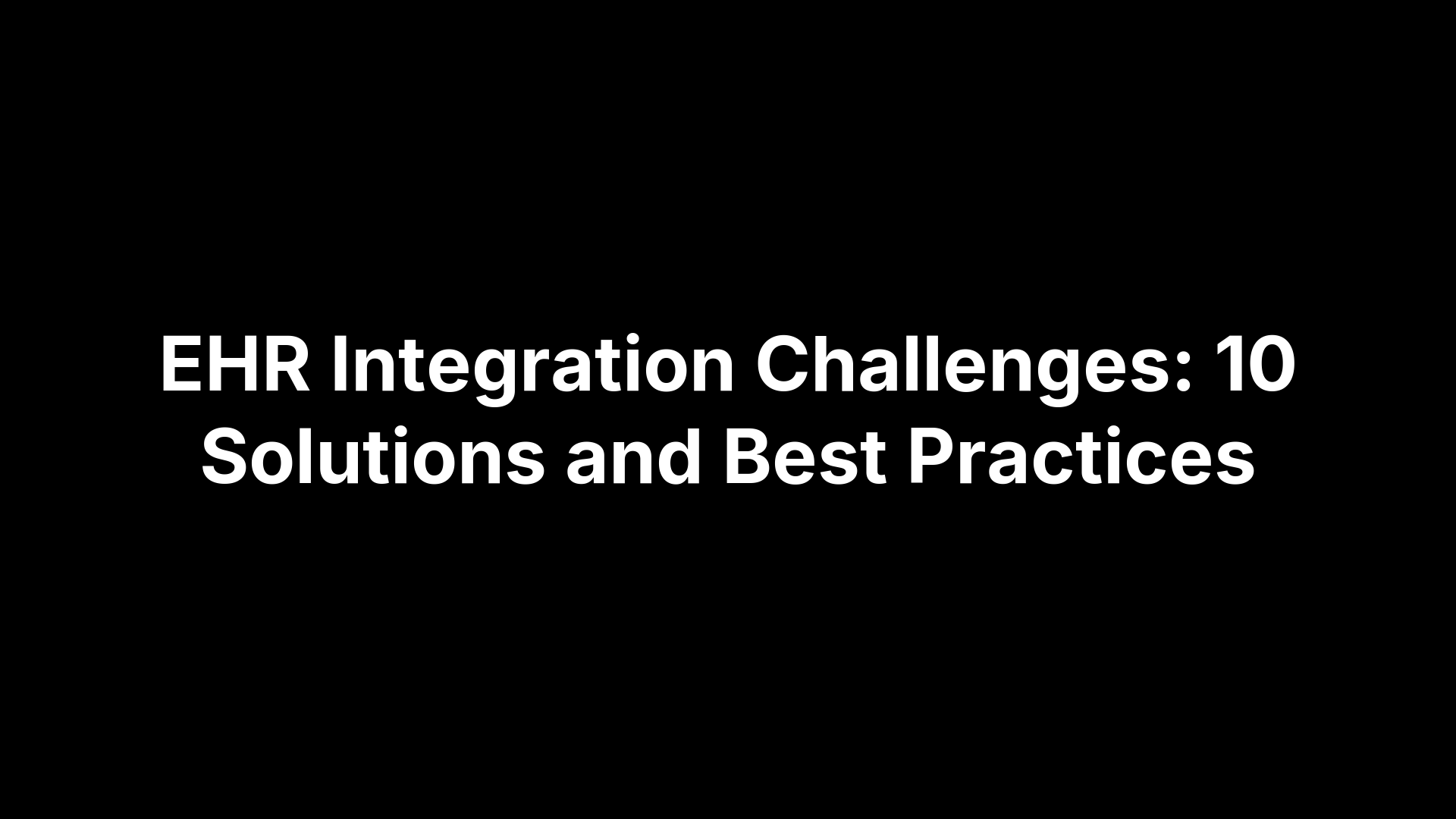5 Healthcare Cost Reduction Strategies for Health Systems


5 Healthcare Cost Reduction Strategies for Health Systems
Margins are thin, labor is stretched, and the pressure to improve outcomes keeps climbing. Many hospitals have already cut the obvious expenses; yet avoidable overtime, inefficient patient logistics, fragmented vendor contracts, and preventable denials still drain millions. Across‑the‑board cuts risk harming patient experience and staff morale. What health systems need now are targeted, evidence‑based healthcare cost reduction strategies that improve flow, reduce waste, and protect quality.
This article is a practical playbook with five high‑impact moves that leaders can act on now. We’ll cover how to streamline patient logistics and care transitions (including how platforms like VectorCare cut bed delays and admin time), consolidate vendors with performance‑based governance, optimize workforce scheduling and automate low‑value tasks, right‑size care with evidence‑based pathways and site‑of‑care steering, and strengthen revenue cycle and payment integrity. For each strategy you’ll get: what it is, how it lowers costs, an implementation checklist, and the metrics that matter. Expect near‑term wins within 30–90 days and compounding savings over the next fiscal year—without sacrificing patient outcomes. Let’s get specific.
1. Streamline patient logistics and care transitions with VectorCare
Smooth, predictable patient movement is the fastest path to freeing beds, cutting avoidable overtime, and reducing length of stay. VectorCare centralizes transport, home health, DME, and other post‑acute services into one workflow so teams can book in minutes, message in real time, and automate dispatch and billing.
What it is
A unified patient logistics platform with no‑code workflow design (Hub), compliant vendor network management (Trust), payments (Pay), analytics (Insights), AI dispatching agents (ADI), and integrations (Connect) that coordinate rides, home care, and equipment delivery from discharge to doorstep.
How it lowers costs
Standardizing patient flow reduces delays and wait times while preserving staff resources and maximizing bed availability. By replacing phone‑tag and manual broker handoffs with real‑time messaging and AI scheduling, VectorCare trims admin labor, shortens discharge-to-door times, and prevents costly readmissions by ensuring services (e.g., DME, home health) are in place.
Implementation checklist
- Map priority transitions: ED→inpatient, inpatient→home/SNF, high‑risk clinics.
- Standardize orders: Templates for transport, DME, and home services in Hub.
- Build your network: Onboard, credential, and govern vendors in Trust.
- Automate dispatch: Enable ADI for scheduling, price negotiation, and coverage.
- Close the loop: Require delivery confirmations and secure messaging at each step.
- Integrate data: Connect EHR/CAD/billing to eliminate double entry.
Metrics and targets
- Scheduling time: Target a 90% reduction in booking time with VectorCare.
- Avoidable bed hours: Track discharge lag (MD order→wheels rolling) and drive consistent month‑over‑month decreases.
- Throughput: Monitor ED boarding and inpatient LOS attributable to logistics delays.
- First‑pass completion: Percentage of services completed on time without rework.
- Financial impact: Annualized savings; large hospitals commonly exceed $500,000 through labor and throughput gains.
2. Standardize and consolidate vendors and purchased services with performance-based governance
Fragmented contracts, varied protocols, and too many vendors inflate costs and undermine quality. Standardizing and bundling purchased services under a few accountable partners—backed by clear KPIs and governance—reduces variability and administrative burden while improving patient experience. This is one of the most reliable healthcare cost reduction strategies for system-level savings.
What it is
A systemwide approach to collapse multiple contracts into standardized, performance-based agreements (with SLAs, quality and financial KPIs, and QBRs) across categories like clinical engineering, foodservice, environmental services (EVS), labs, pharmacy, IT, and HR—administered through a consistent governance model.
How it lowers costs
Fewer, standardized contracts unlock scale pricing and reduce waste from variability. Evidence shows foodservice standardization often yields about 11% savings, and EVS standardization can deliver around 5% savings while reducing HAIs. Consolidating clinical engineering into a single system contract can save thousands—if not millions—by eliminating overlapping OEM and maintenance agreements.
Implementation checklist
- Baseline spend, vendor count, and contract terms by category.
- Define standard scope, specs, SLAs, and KPIs; create playbooks.
- Run RFPs to bundle to 1–2 partners per category where feasible.
- Stand up governance: scorecards, QBRs, incentives/penalties; unify invoicing.
- Use VectorCare Trust for onboarding/credentialing and Insights for monitoring.
Metrics and targets
- Unit cost per category; foodservice target: ~11% reduction; EVS: ~5%.
- Clinical engineering consolidation: single system contract; track device uptime.
- HAI rates and patient satisfaction after EVS standardization.
- Invoice accuracy and cycle time; admin hours per contract.
- On‑time performance vs SLAs and variance in results across sites.
3. Optimize workforce scheduling and task automation to cut overtime and burnout
Chronic overtime, last‑minute call‑ins, and manual coordination siphon budget and erode morale. Precise scheduling and effective workforce management are proven levers for hospital efficiency, while training and retention programs help prevent costly churn. Pair smart staffing with automation to remove low‑value work from clinicians’ plates and stabilize labor spend.
What it is
A coordinated approach to align staffing with demand (predictive scheduling by unit and shift), standardize floating and cross‑coverage, and automate repetitive tasks like transport requests, dispatching, and status updates. Use real‑time communication to replace phone‑tag and establish guardrails for overtime and agency use.
How it lowers costs
Matching staff to patient flow reduces idle time and premium pay, while automation cuts administrative minutes that accumulate into overtime. Streamlined handoffs and standard processes lower delays and rework, helping prevent burnout and turnover—both major drivers of replacement and onboarding costs.
Implementation checklist
Briefly validate current pain points, then execute in sprints.
- Baseline labor data: OT hours/FTE, premium pay %, sick calls, agency reliance.
- Predict demand: Use historical census/acuity to build unit‑level staffing templates.
- Set OT guardrails: Manager approvals, caps per pay period, daily huddles on variances.
- Automate tasks: Enable AI‑assisted dispatching and real‑time messaging for transport and service requests via VectorCare ADI.
- Cross‑train and float: Standardize competencies and fair float rules across units.
- Invest in retention: Provide training, recognition, and schedule flexibility to curb turnover.
Metrics and targets
Track leading and lagging indicators and trend them down quarter over quarter.
- OT hours per FTE and premium pay as % of labor.
- Schedule adherence and fill rate by unit/shift.
- Time on phone coordination replaced by secure messaging/automation.
- Turnover rate and vacancy time to fill.
- Missed breaks/sick calls as burnout proxies.
- Task cycle times (request→completion) for transports and support services.
4. Right-size care delivery with evidence-based pathways, site-of-care steering, and length of stay management
Clinical variation and avoidable inpatient days quietly tax margins. Pairing evidence-based pathways with smart site-of-care steering and disciplined length of stay (LOS) management curbs waste, reduces readmissions, and keeps resources focused on patients who need them most—without compromising outcomes.
What it is
A coordinated model that embeds evidence-based order sets and clinical decision support at the point of care, routes appropriate services to lower-cost sites, and manages LOS against expected benchmarks from day one. This includes standardized protocols, multidisciplinary discharge planning, and real-time insights to preempt complications and readmissions.
How it lowers costs
Standardizing diagnoses, treatments, and protocols reduces repeat visits and unnecessary variation, improving throughput. Steering eligible services from hospital outpatient departments to physician offices or ambulatory settings lowers unit costs; Medicare, for example, pays about 125% more for the same service in HOPDs than in offices or surgical centers. Integrated surveillance and patient education help preempt readmissions, while early discharge planning limits idle bed days.
Implementation checklist
- Target high-variance DRGs: Set expected LOS (ELOS) and pathway-aligned order sets.
- Embed decision support: Use evidence-based content at the bedside; standardize care bundles.
- Define steerage rules: Route eligible imaging, infusions, and procedures to office/ASC sites.
- Plan discharge on admission: Set EDD, run daily MDRs, and track barriers to disposition.
- Front-load post-acute needs: Order DME/home health early and coordinate via VectorCare to hit EDD.
- Preempt readmission risks: Use surveillance for infection/opioid stewardship and screen for malnutrition—a known readmission driver—and document care appropriately.
- Close the loop with education: Provide teach-back and follow-up touchpoints for high-risk patients.
Metrics and targets
- LOS index (actual/ELOS): Reduce variance and outlier days; increase percentage meeting EDD.
- Discharge before noon: Trend up to improve bed availability and reduce ED boarding.
- Site-of-care mix: Share of eligible cases steered to lower-cost settings; monitor per-episode cost.
- 30-day readmissions: Overall and pathway-specific; flag preventable causes.
- Protocol adherence: Order set utilization and exception rates.
- Post-acute readiness: Time from discharge order to confirmed DME/home service in place.
5. Strengthen revenue cycle and payment integrity with better data, coding, and denial prevention
Leakage in the revenue cycle often hides in plain sight—front-end eligibility gaps, missing documentation, coding inaccuracies, and weak denial workflows. High-quality data and standardized value sets help reduce medical errors, improve billing and reimbursement, and streamline operations. One pivotal example: over 50% of hospitalized patients arrive malnourished, yet most aren’t correctly coded—an avoidable miss that could improve reimbursements while reducing readmissions risk.
What it is
A front-to-back revenue integrity program that unites data quality management, clinical documentation improvement, accurate coding, and proactive denial prevention. Standardize terminology/value sets, embed documentation prompts for high-impact conditions (e.g., malnutrition), and use integrated digital tools for insights and alerts. For logistics-related charges, use VectorCare to capture PCS signatures, proof-of-delivery, and automate invoicing to cut rework.
How it lowers costs
Cleaner data and precise coding raise first-pass yield, shorten days in A/R, and prevent write-offs. Standardized processes and real-time alerts reduce wasteful rework and avoidable denials. Correctly identifying and documenting conditions like malnutrition can legitimately improve reimbursement and patient outcomes.
Implementation checklist
- Baseline denials: Rank top drivers (auth, medical necessity, coding, attachments).
- Tighten the front end: Eligibility/benefits, prior auth capture, and site-of-care rules embedded in workflows.
- CDI focus: Screen for malnutrition; add documentation prompts and coder–clinician feedback loops.
- Data standards: Centralize value sets/terminologies; keep policy edits current.
- Attachment discipline: Automate PCS signatures and proof-of-delivery via VectorCare; bind to claims.
- Edit early: Pre-bill edits and claim scrubs; track and fix root causes, not just resubmit.
- Upskill: Targeted training and concurrent audits on high-variance DRGs.
Metrics and targets
- First-pass yield and clean claim rate.
- Denial rate and auth-related denials (trend down month over month).
- Days in A/R, net collection rate, and write-offs.
- Malnutrition screening completion and appropriate coding rate.
- Attachment completeness (PCS/proof-of-delivery on file) for logistics charges.
Key takeaways
Cost reduction doesn’t require blunt cuts—it demands precision. Focus on the levers that remove waste, protect throughput, and keep clinicians working at top of license. Prioritize standardized workflows, strong governance, and real-time data to turn quick wins into durable savings.
- Streamline patient logistics: Orchestrate transport, home health, and DME to cut discharge delays, free beds, and reduce admin labor.
- Standardize vendors: Bundle contracts with clear SLAs and KPIs to lower unit costs and variability while improving quality.
- Optimize workforce: Align staffing to demand, cap overtime, and automate low‑value tasks to prevent burnout and premium pay.
- Right‑size care delivery: Embed evidence‑based pathways, steer to lower‑cost sites, and manage LOS from day one to curb waste.
- Strengthen revenue integrity: Improve data quality, documentation, and coding to boost first‑pass yield and prevent denials.
Ready to operationalize these plays fast? See how a unified logistics and governance platform can accelerate results. Schedule a quick walkthrough at VectorCare.
The Future of Patient Logistics
Exploring the future of all things related to patient logistics, technology and how AI is going to re-shape the way we deliver care.



